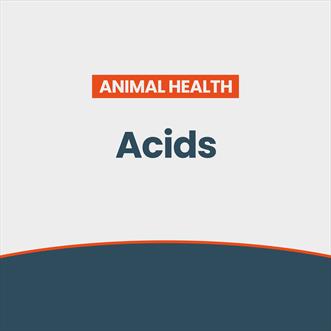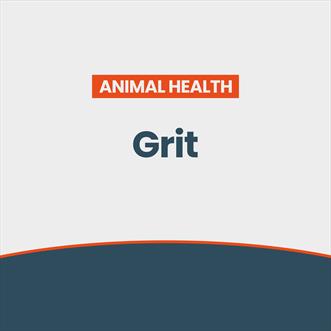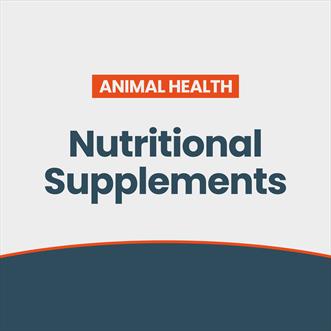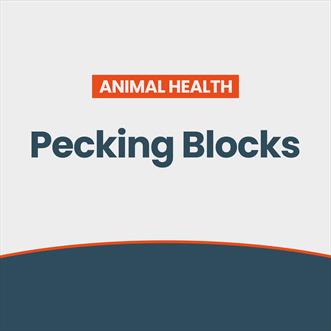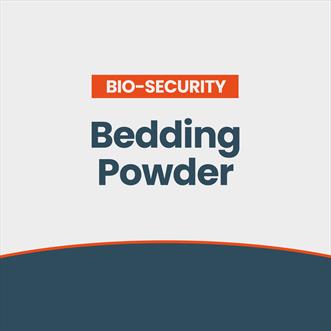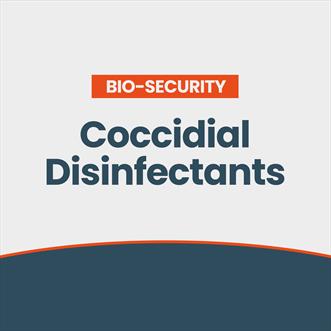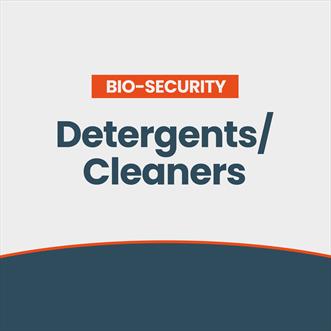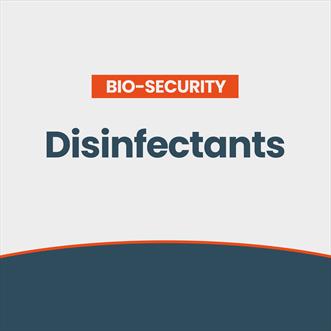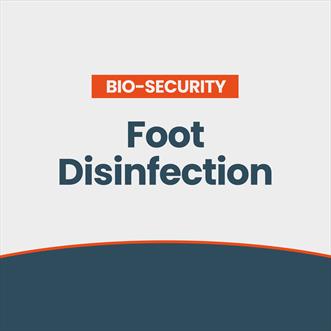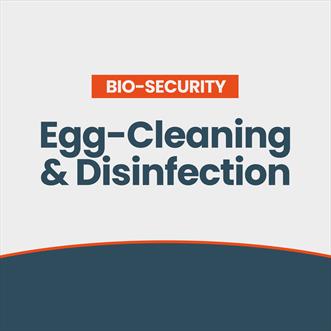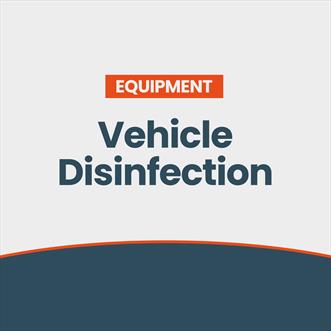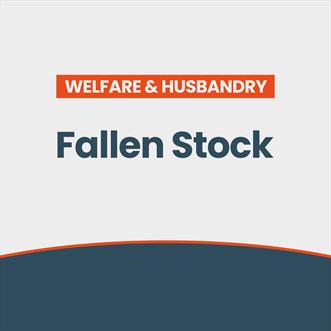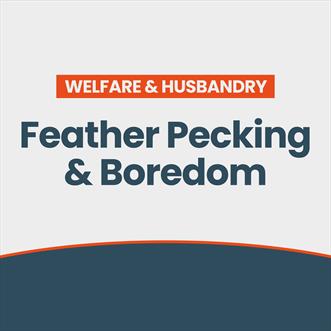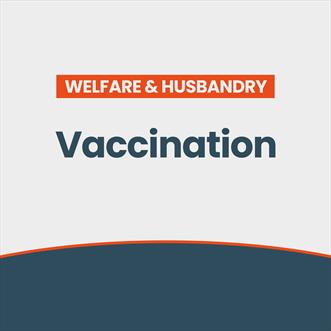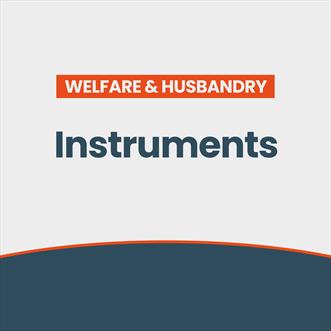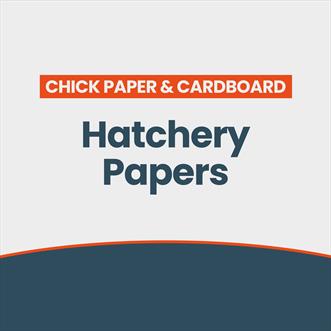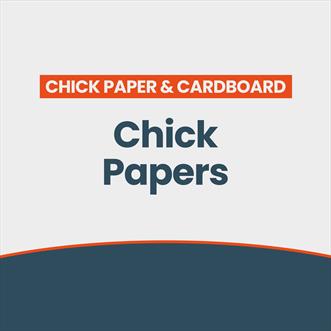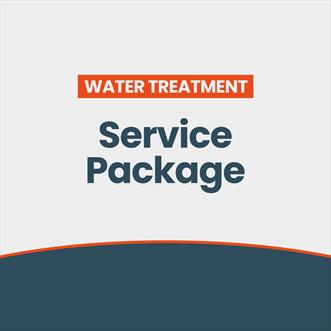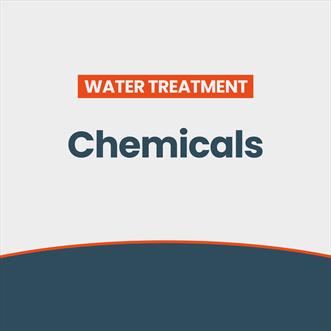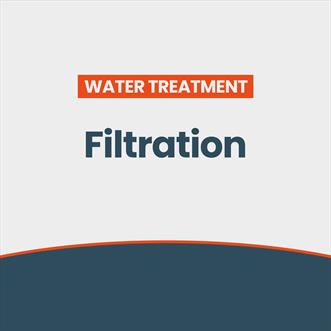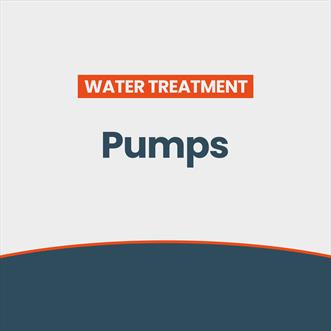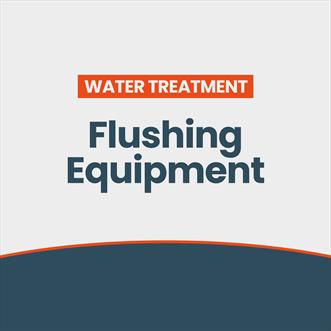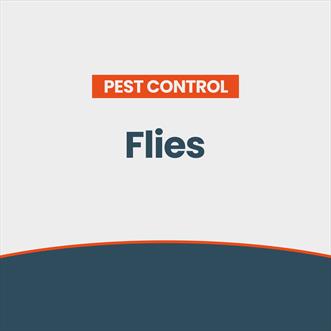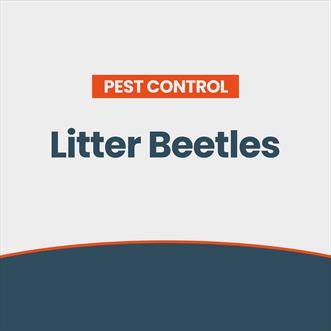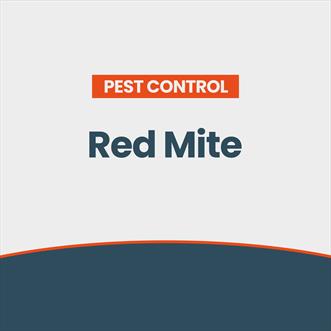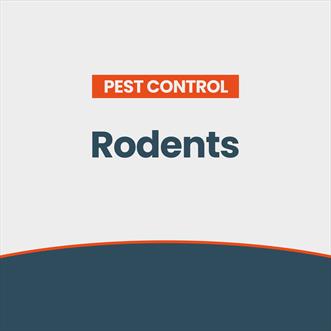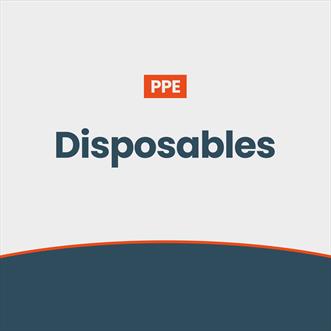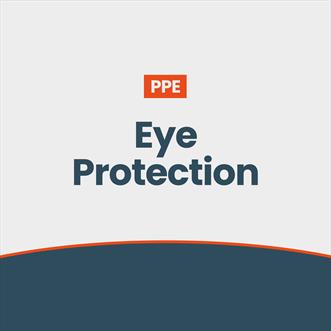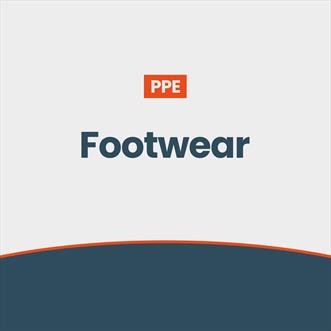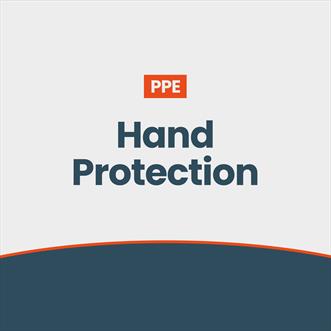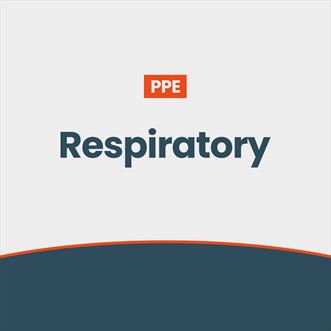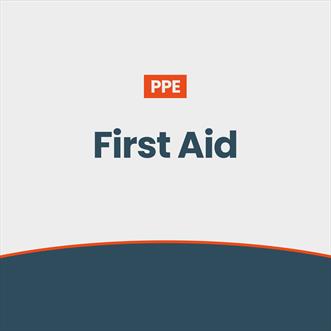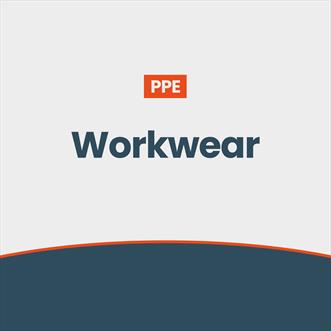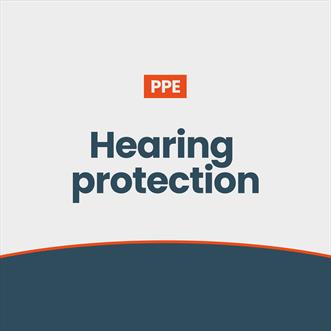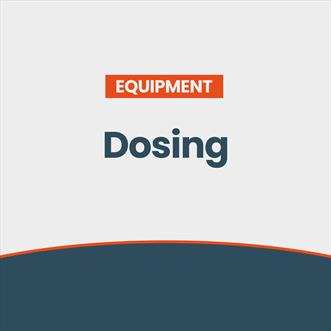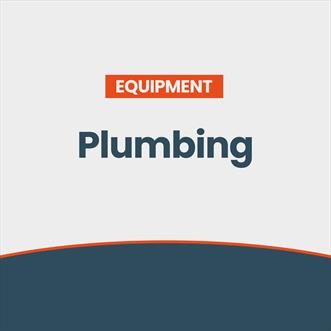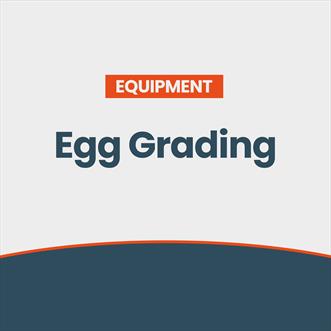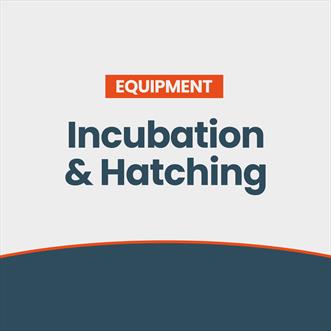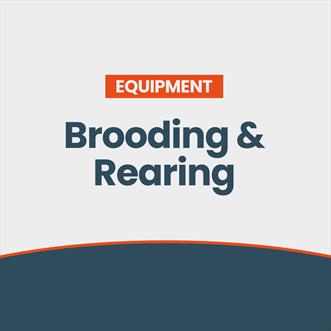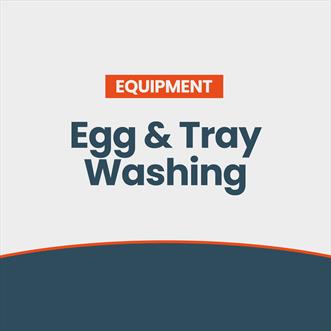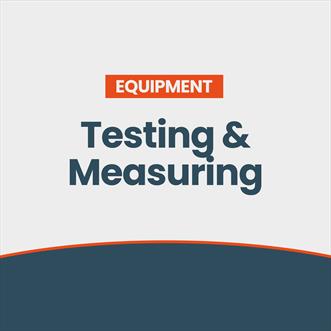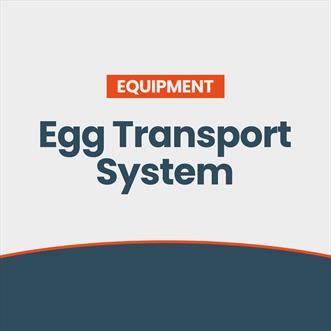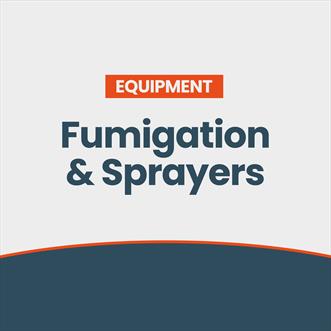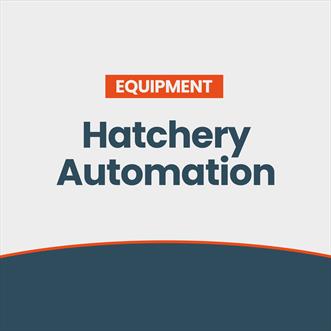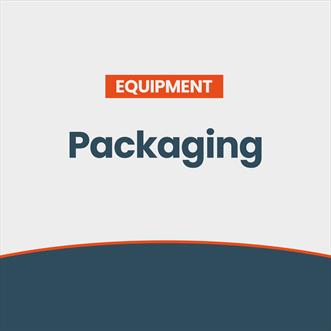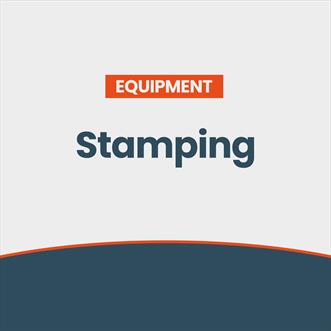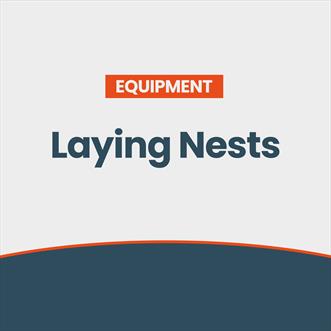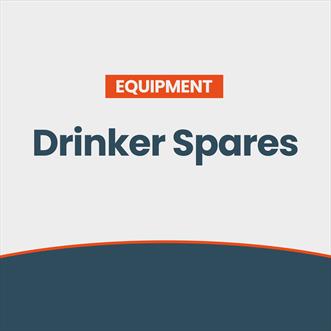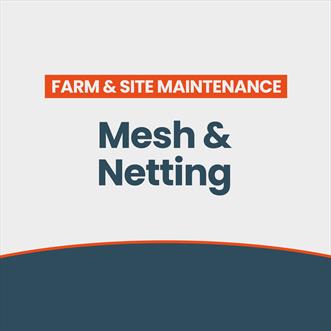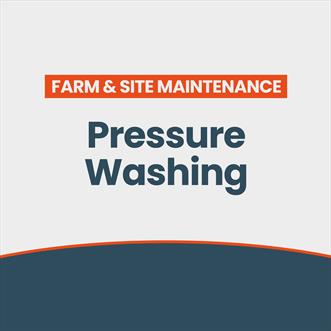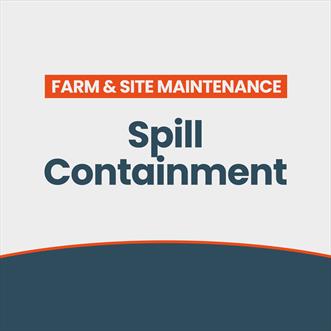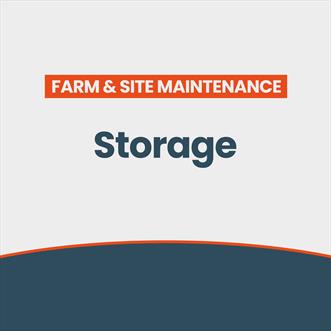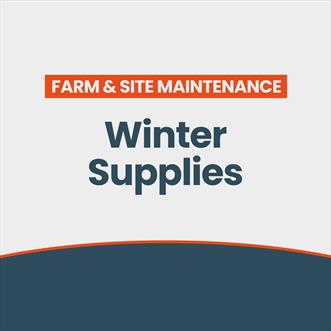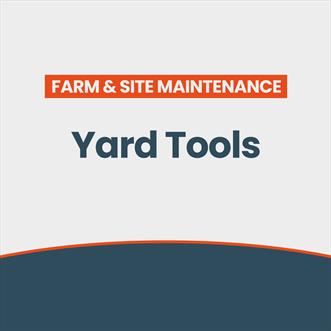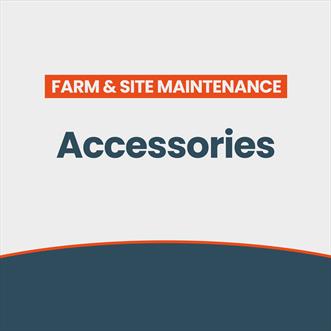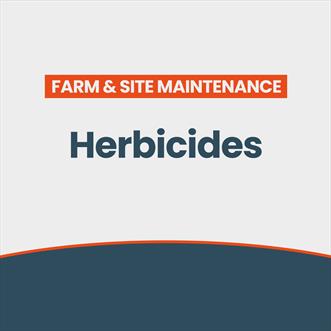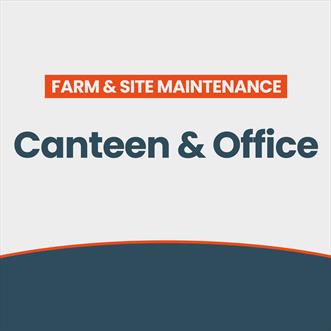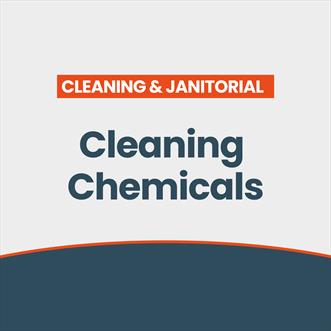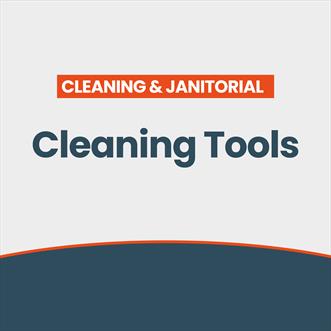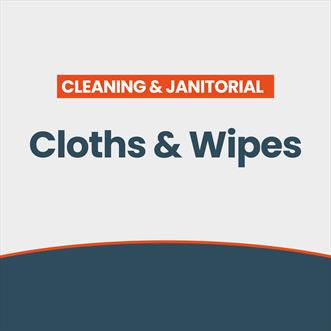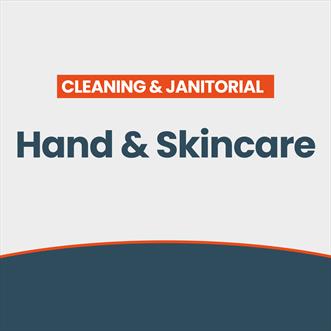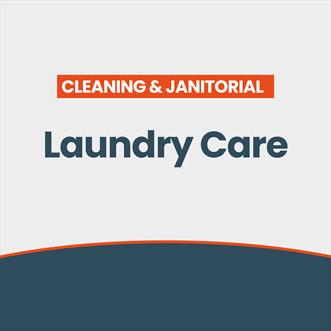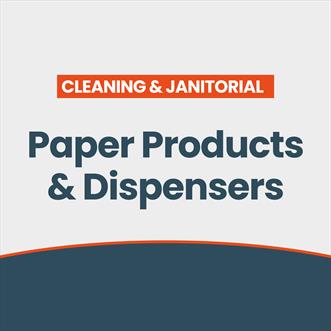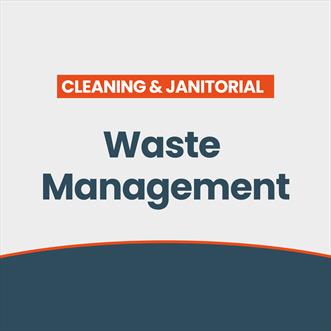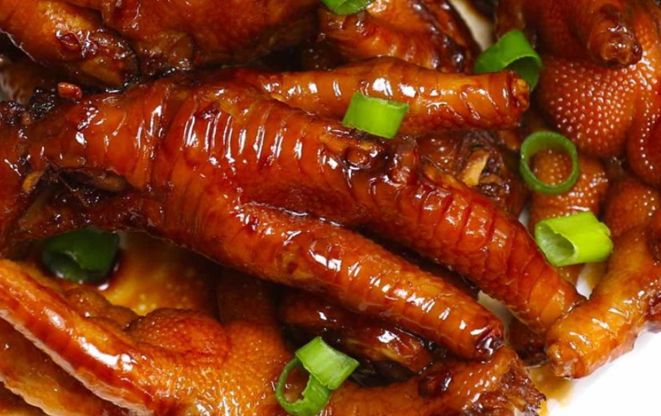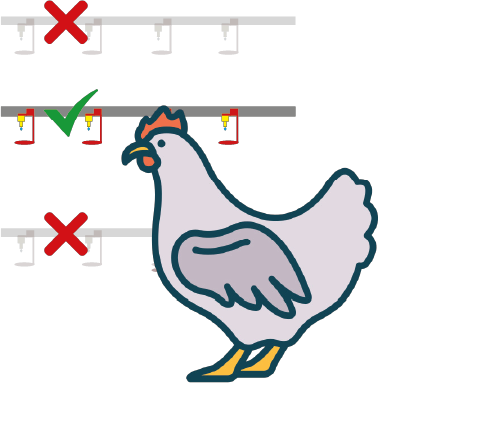Drinker management
Poor drinker performance is one of the main causes of wet litter.
- Litter can become excessively wet if drinkers are not placed correctly and monitored regularly. It is worth spending some time setting the drinker lines at the right level so that the birds can drink comfortably – too high and they will have to stretch on their toes and will spill water down their breast; too low and they will knock into them, causing spillages.
- The correct flow is also important – if the pressure is too high, water will end up on the litter. Flow meters can be used to measure how much water is flowing through the nipple at regular intervals.
- Drip cups under drinkers can also prevent water reaching the floor – they are also a useful monitoring aid for water management– the cup should be neither too dry or too wet.
- Good filtration of the water system can also ensure that debris does not get into nipples of the drinkers, jamming them open and dribbling water onto the floor below. Checking the drinkers regularly and observing the birds drinking is considered to be good practice anyway.
Gut health
We have written extensively about gut health at Interhatch, because its importance in overall bird health cannot be over-stated. The healthy gut of a bird absorbs nutrients, hosts friendly bacteria, and maintains a barrier against unfriendly bacteria (amongst other functions), warding off a multitude of unwanted pathogens.
- When it comes to FPD and hock burn, optimising gut health is doubly a good idea, not just because it helps the bird fight any infection which may arise from open sores, but also because an unhealthy gut leads to diarrhoea, which makes the litter wet.
- Maintaining good gut health through effective water treatment (for example Huwa-San) can prevent watery faeces making litter excessively wet.
- Organic acids added to water help to control gram negative bacteria in the gut. As well as organic acids and minerals, Agrivite Aqua BTA-8) contains butyric acid to support the absorption of nutrients through a healthy villi.
- Whilst 99% of FPD and hock burn is down to wet litter, we have noticed that it can occasionally be caused by the consistency of the faeces – for example, particularly sticky faeces is more likely to stay in contact with the foot or hock, thereby increasing the likelihood of lesions. In these cases, adjusting the type or amount of protein might help.
Routine checking and preventative measures = success
All poultry farmers will know that systematic monitoring of the foot pad is essential in order to identify incidences of FPD and hock burn and adopt appropriate preventative measures. Routine checking of litter around drinkers (not just underneath) can help to prevent issues early on, as can monitoring humidity in the shed. Proactively supporting gut health through nutritional support and good water filtration, and ensuring good litter and drinker management, will result in a healthier bird in a healthier environment, and a healthier bottom line too.

